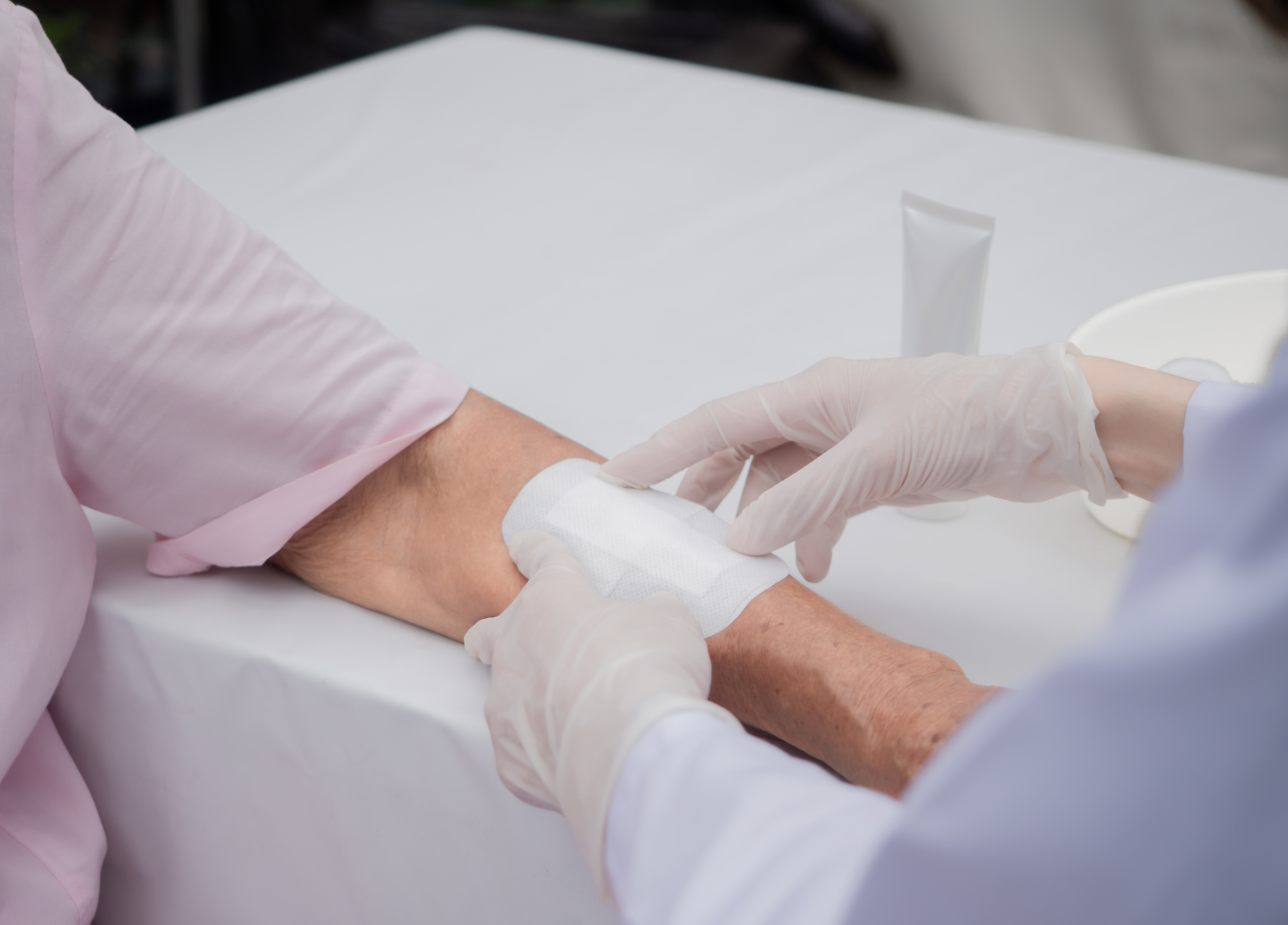Aseptic Technique
What Is It?
The aseptic technique is an important patient safety strategy and a key element of standard precautions. The aseptic technique is a set of practices that protect residents from healthcare-associated infections (HAIs) and protects healthcare workers from contact with blood, body fluid, and body tissue.
When performed correctly aseptic technique will
Minimise contamination of key sites
Protect residents from pathogenic microorganisms that may cause infection
Reduce the transmission of microorganisms
Maintain the sterility of equipment and key parts used for aseptic procedures
Non-touch Technique
The safest way to protect a key part or key site from contamination is to use a non-touch technique. This means the safest way to protect a key part or site is not to touch it, even wearing gloves.
Key Sites
Breaches in skin integrity could be a portal of entry for microorganisms to colonise the resident. This includes wounds and puncture sites.
Key Parts
Parts of the procedural equipment come into contact with the resident. This includes invasive devices connected to the patient and liquid infusions. For example
IV cannula bungs
Needle tips
Sterile gauze used to clean a wound
If key parts become contaminated, they can transfer microorganisms to the patient. Key parts must be identified and protected at all times. Aseptic key parts must only come into contact with other aseptic key parts and/or key sites.
Hand Hygiene
Effective hand hygiene is an essential component of the aseptic technique. However, hand hygiene is not always correctly performed and cannot always remove all pathogenic organisms. For this reason, the aseptic technique - identifying 'key parts' and not touching them directly or indirectly - is a vital component of achieving asepsis. In other words, to protect a key part from contamination, avoid touching it, even when wearing sterile gloves, as sterile gloves can become contaminated.
Glove Use
Gloves are single-use items. If it is necessary to touch key parts or key sites directly, sterile gloves are used to minimise the risk of contamination. Otherwise, non-sterile gloves are sufficient.
Guidelines For Performing Aseptic Technique
Ensure hand hygiene is performed before all procedures
Adhere to the principles of standard precautions at all times
Use appropriate gloves (sterile vs. non-sterile)
Use sterile supplies and or equipment
Check and ensure the packaging is not damaged
Check and ensure the package has been through the sterilisation process
Check expiry date has not been exceeded
Ensure the appropriate use of antiseptics and disinfectants
Clean area to be treated, starting with the clean area before moving to the contaminated area
Ensure all materials remain sterile and are kept dry
Ensure materials removed from the sterile field and then contaminated are not placed back onto the sterile field
Contaminated items should be identified, segregated, and disposed of at the end of a procedure
If you are not sure whether or not something is sterile, discard it
Damaged materials or packages must not be used